Summer is almost here but many of us are still battling high water flows form an unusually precipitous winter and spring. Some people sit back and wait. But for others it’s the best time to get out and fish. Here’s why:
1. This time of year offers the mildest temperatures to enjoy the outdoors- It’s not too cold and it’s not too hot. Don’t let suboptimal river conditions rob you from enjoying the outdoors. Before you know it, mother nature bestows her summer heat.
2. The high flows have most anglers sitting back and waiting for easier water conditions. Now’s the time to have the river to yourself. In a few weeks the rivers will be crawling with anglers, and you can bet it’ll be worse than ever later this year. Fish now!
3. The Fish are hungry more willing to take a fly. They haven’t seen much angling pressure, or aquatic insects for that matter. When spring fish hit, they hit hard and you’re in for a good fight.
Now let’s discuss tactics.
High river flow conditions aren’t very conducive to surviving up surface flies so tightlining is the best option to ensure success on the raging river. Here’s why:
Fish’s Eyesight:
Run-off water in the spring is often stained and the ability for a fish to see a surface fly is less than clearer summer and fall water types. With Tight Line techniques you are more likely to get your weighted fly within the fish’s vision.
Also, heavily churned water can reflect sunlight back into the fish’s eyes which makes them retreat into shaded or deep areas of the river. Euro nymph rigs and tightline techniques are best for reaching fish in these areas.
Water Currents:
Even with prolific bug hatch dry fly fishing in the spring is difficult with fast and mixed currents at the surface. In this water a dry fly is in the target zone only for a short time before the current tugs on the floating line and drags the fly- No matter how skilled you are at mending your line, the fast surface water always prevails.
Casting and Wading:
Because high flow waters often preclude wading into the river to give yourself room for a back cast, you’ll have to cast from shore or close to it in a high flow situation. Tight line rigs can be cast from much better when positioned closer to shore.
Indicators (bobbers)
Indicator fishing is also sub-optimal in high flow water types- But generally more effective than dry fly fishing.
With indicator fishing you can fish subsurface with weighted nymph flies, but again, drag on the indicator with diminish the dead drift. If you must use a indicator, a Tight Line set up will work better than floating line. There’s not much you can do about the bobber causing drag, but at least with a tightline rig you can elevate a long monofilament leader, or a Euro nymph line leader above the water and lessen the drag effect.
Target Location:
In high, mixed current streams, fish will move into slower parts of the water to conserve energy. Slower water can be found in pockets behind rocks and logs, edges of the stream near the bank, and down deep near the stream floor. A Tight Line rig is the best way to get your flies into these fishy areas and keep them there longer.
About the Tight Line Rig:
The Tightline/ Euro nymph technique utilized longer, thinner, and lighter leaders. This helps in two ways. The thin tippet line (4-6X) cuts through the water so the weighted flies can sink faster. The thinner the tippet, the less surface area the current has to grab and drag the line.
But what makes the tight line rig even more effective is the long leader system that is elevated above the water’s surface. This eliminates drag, as opposed to a floating line.
Longer Rod:
Lastly, the longer rods used in Tight Lining (9-11’) are extremely helpful in extending reach, which allows you to keep the line off the water’s surface for a better drift. With better reach and line control you can extend your dead drift 25-30 percent over a rod that is, say, 1.5 ft shorter in length. This holds true whether you’re fishing dries, indicators, streamers and nymphs.
The advantages of fishing a Tight Line rig in faster spring run-off waters are undeniable- It’s the difference between sitting around waiting for water to recede and going out on a beautiful spring day and catching some wild trout. Master these techniques!
And when summer rolls around and there are “easy” waters to fish, you know, the runs everyone and their mom rushes into, you no longer have to fish there. You can fish the harder faster runs and have that water all to yourself!
MAVRK Euro Nymphing Gear

Stinger Micro Reels |

Dual nymphing rods |
By Jeff Sasaki, Mavrk Fly Fishing

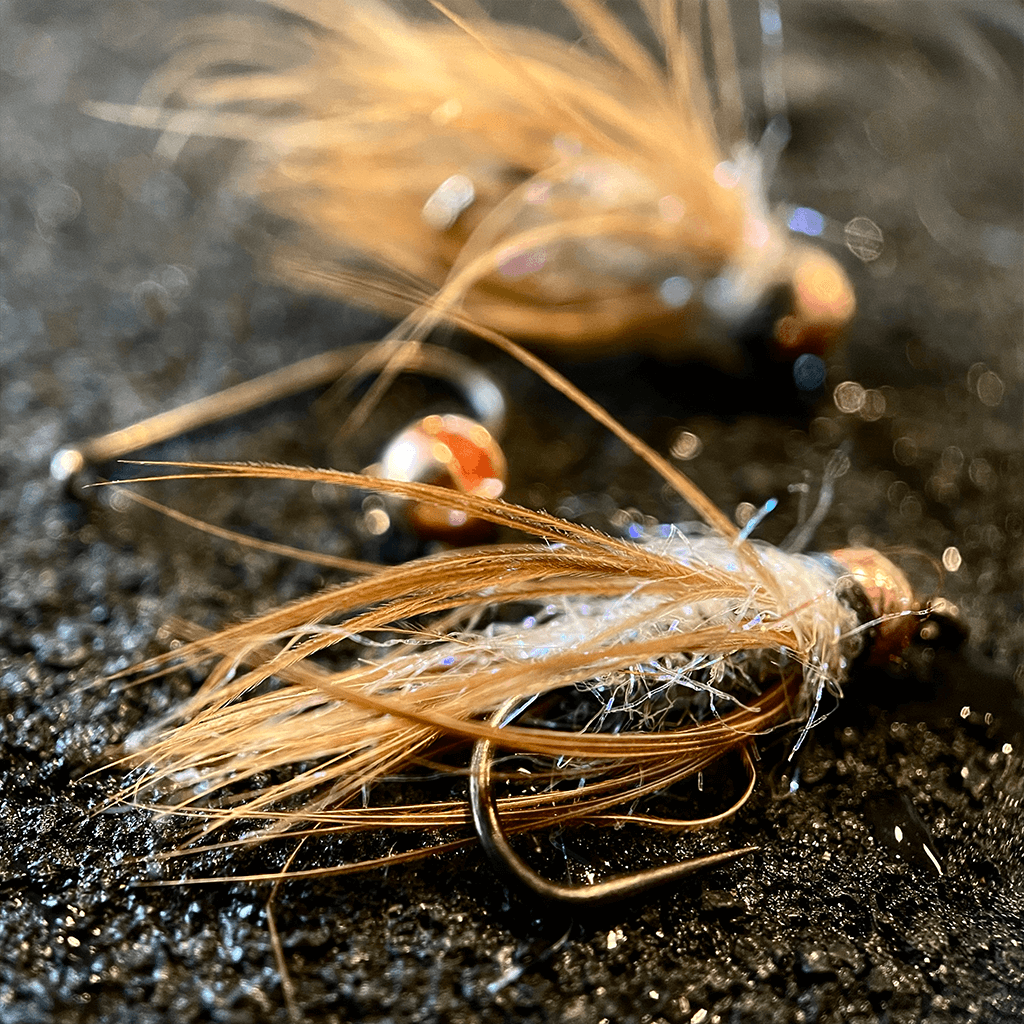
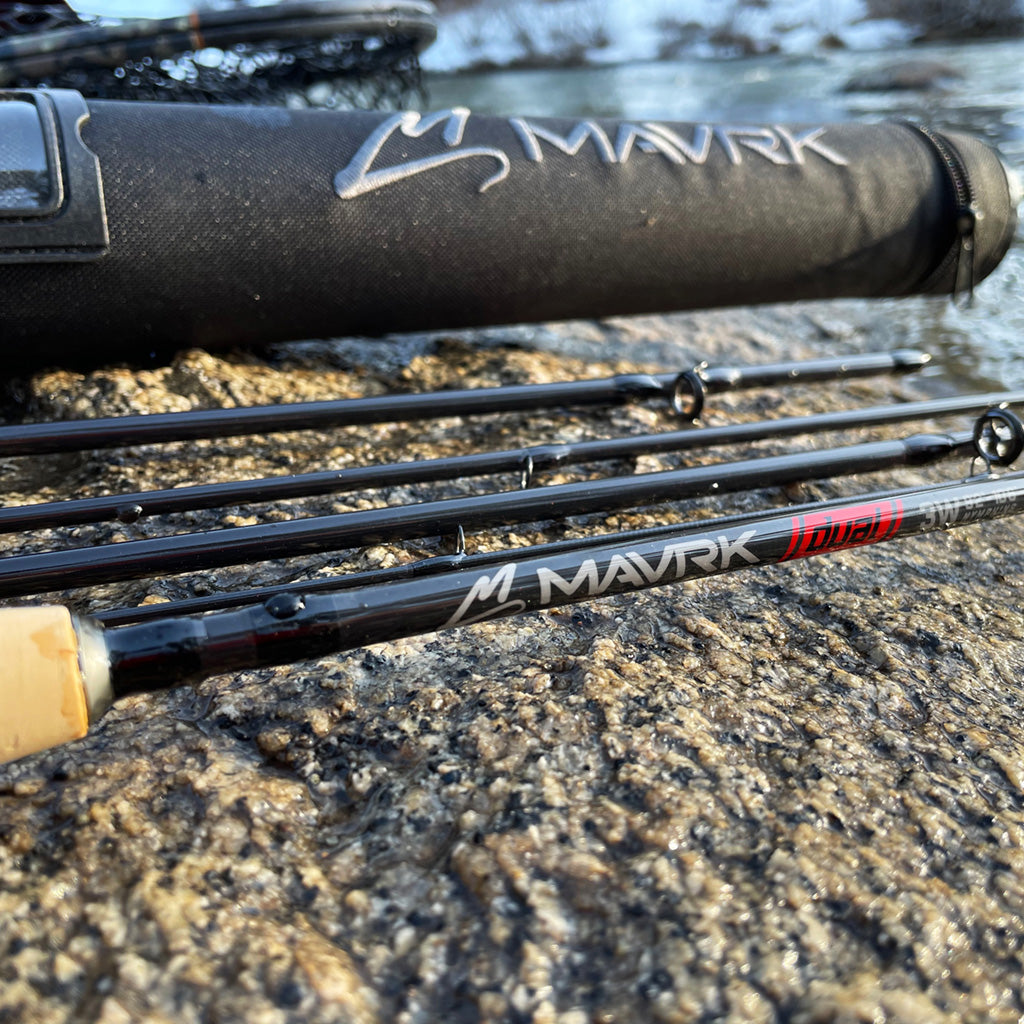
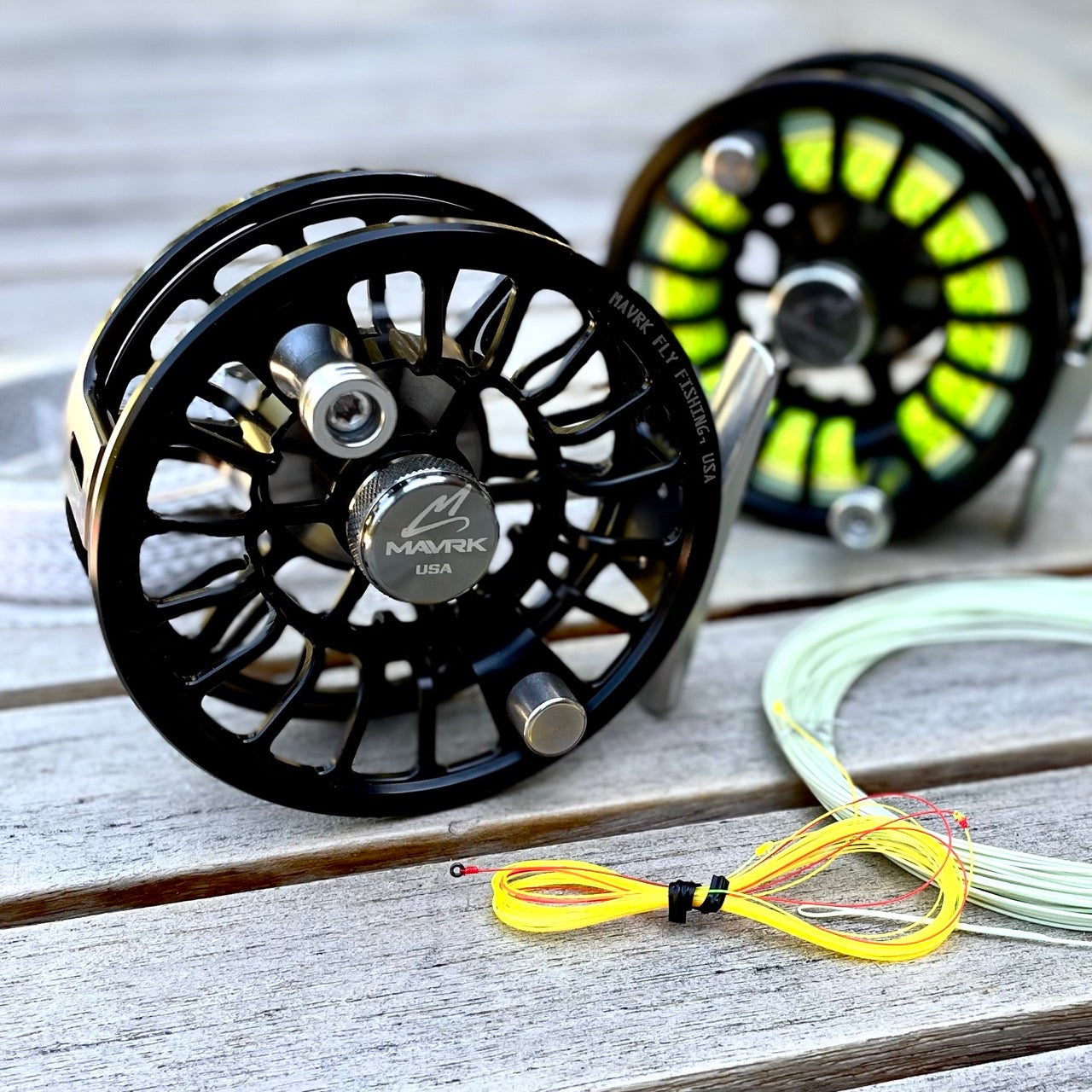
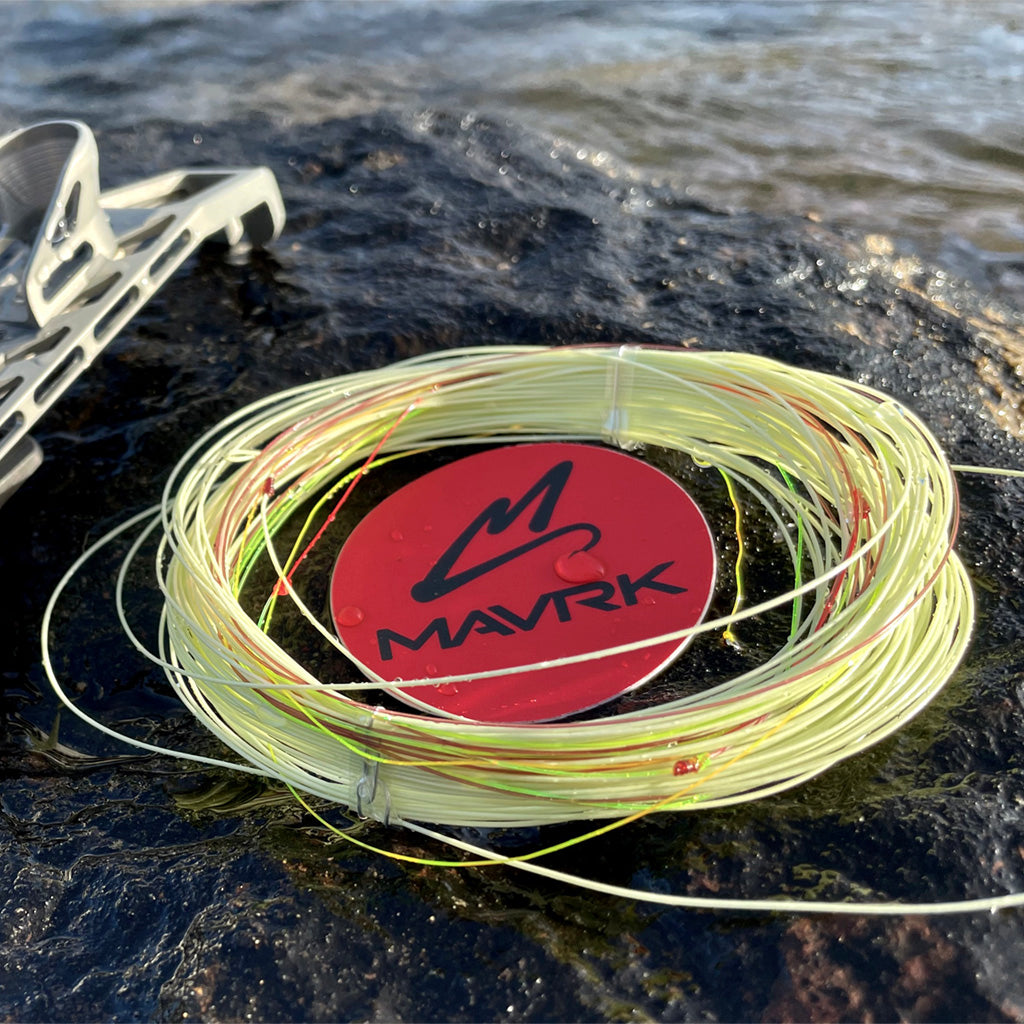
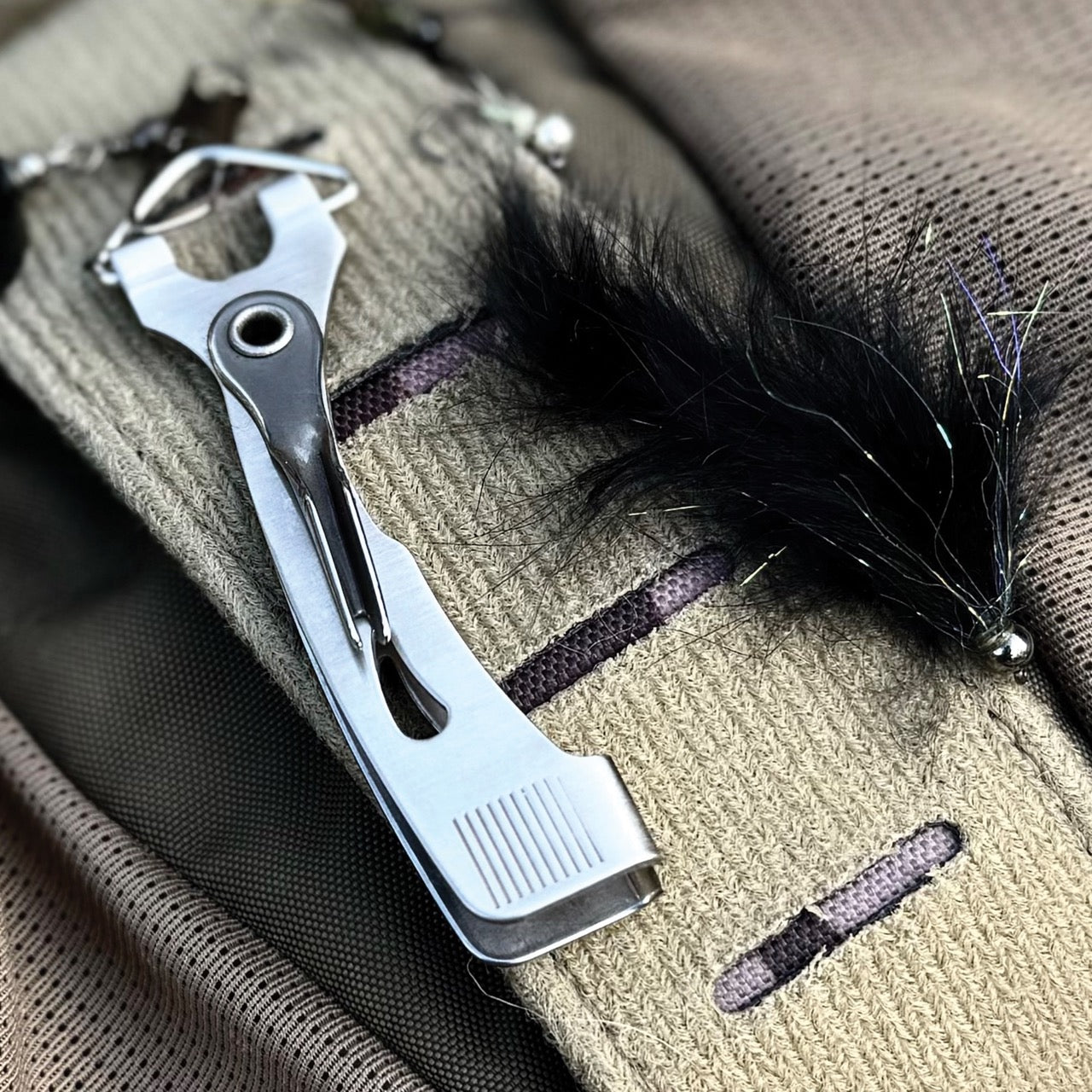
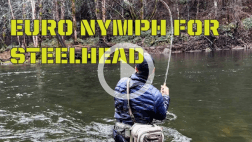
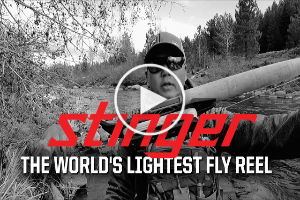
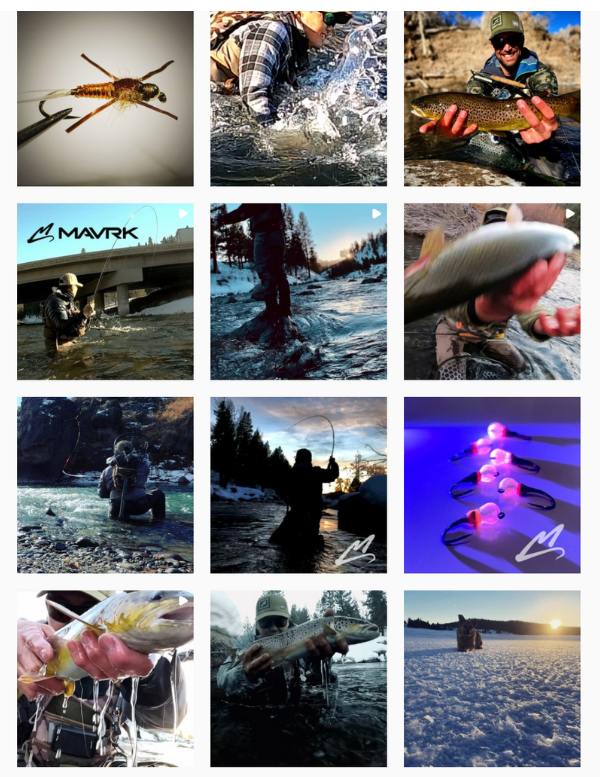
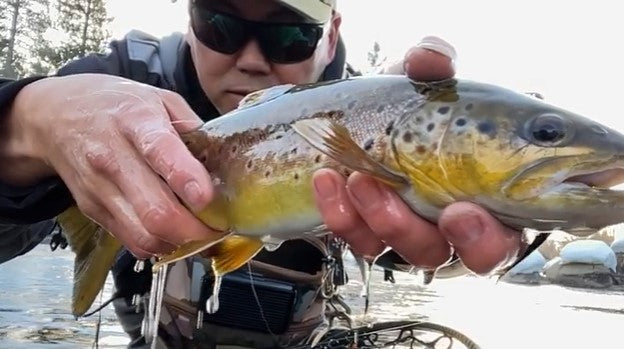
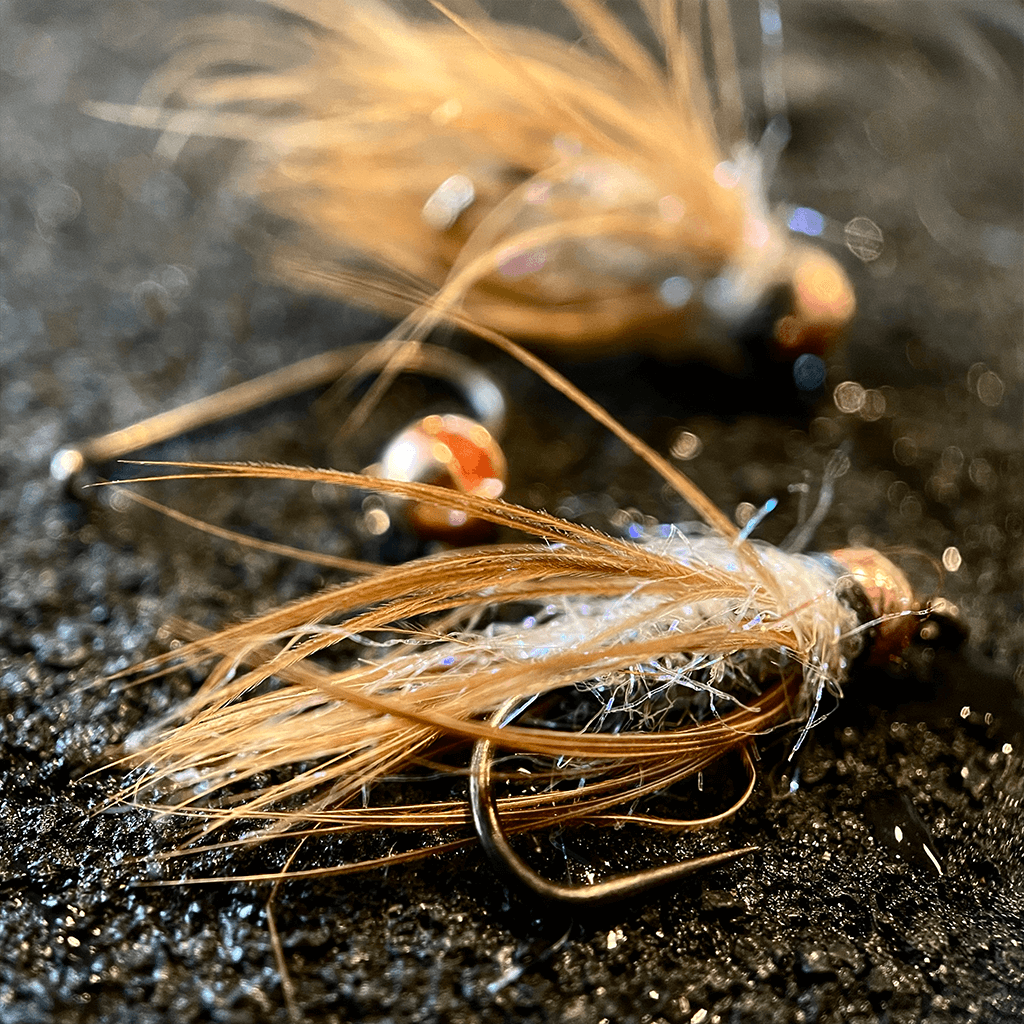
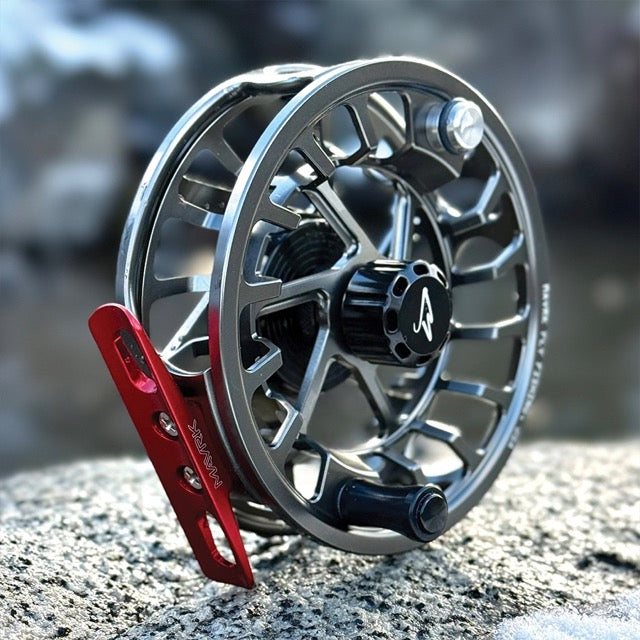
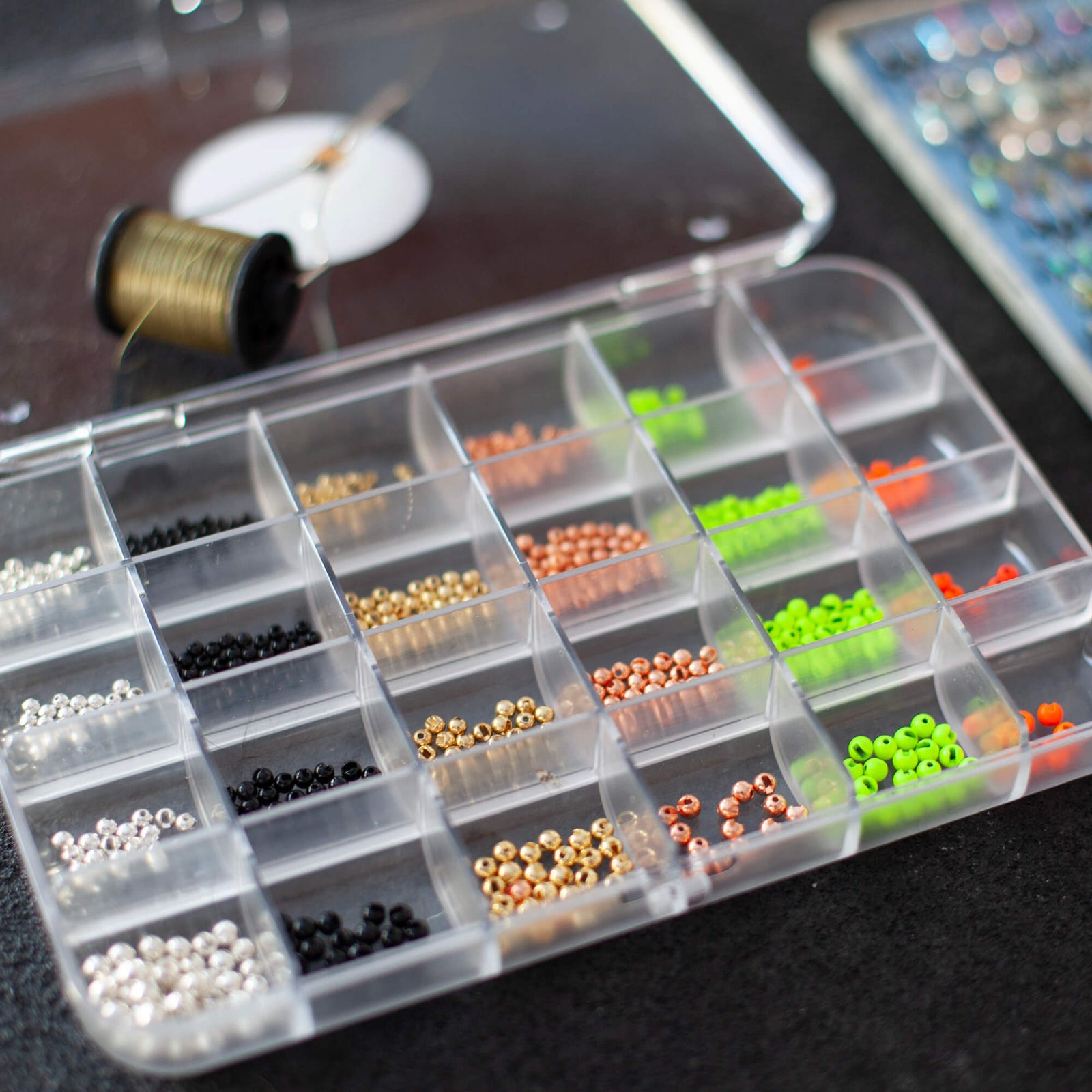
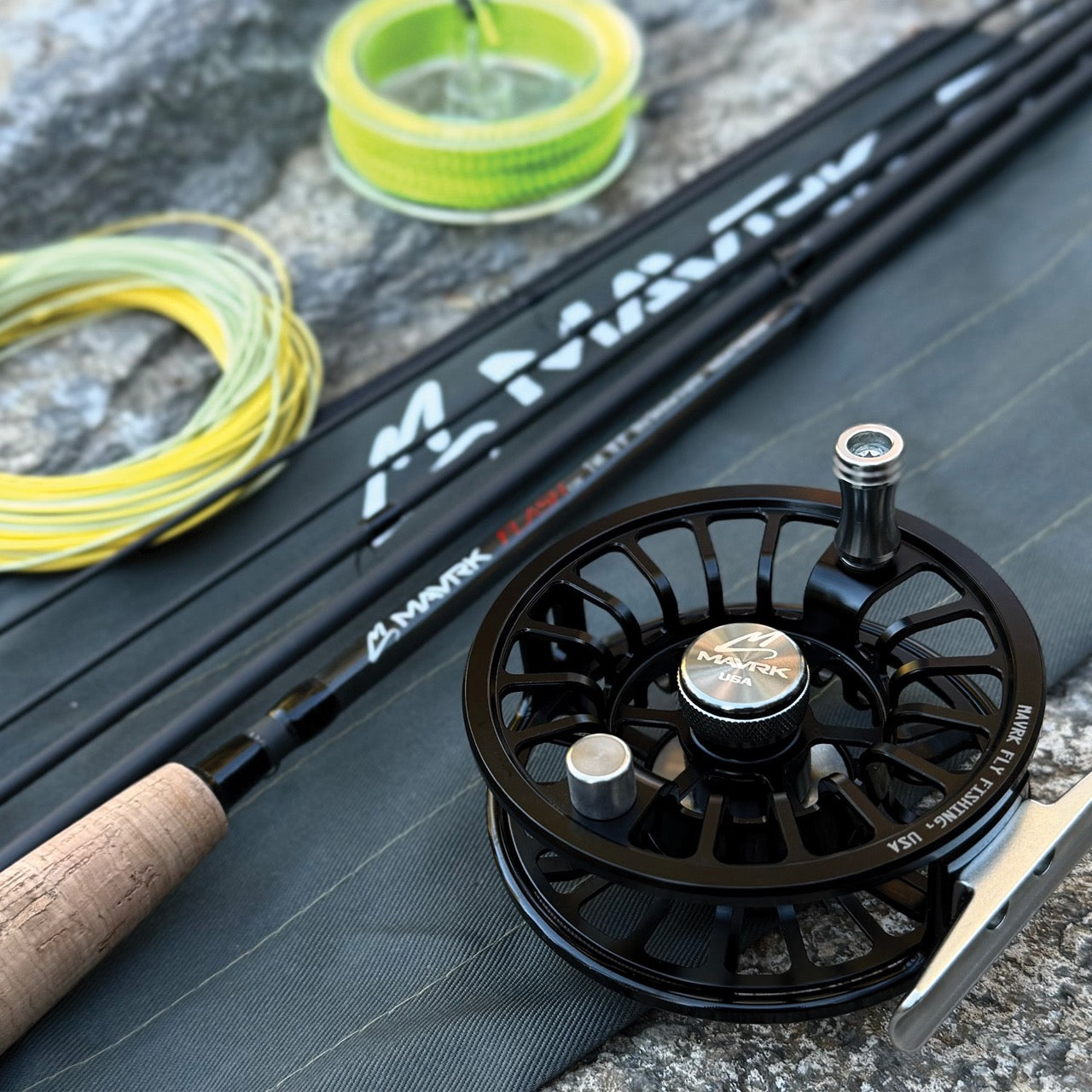
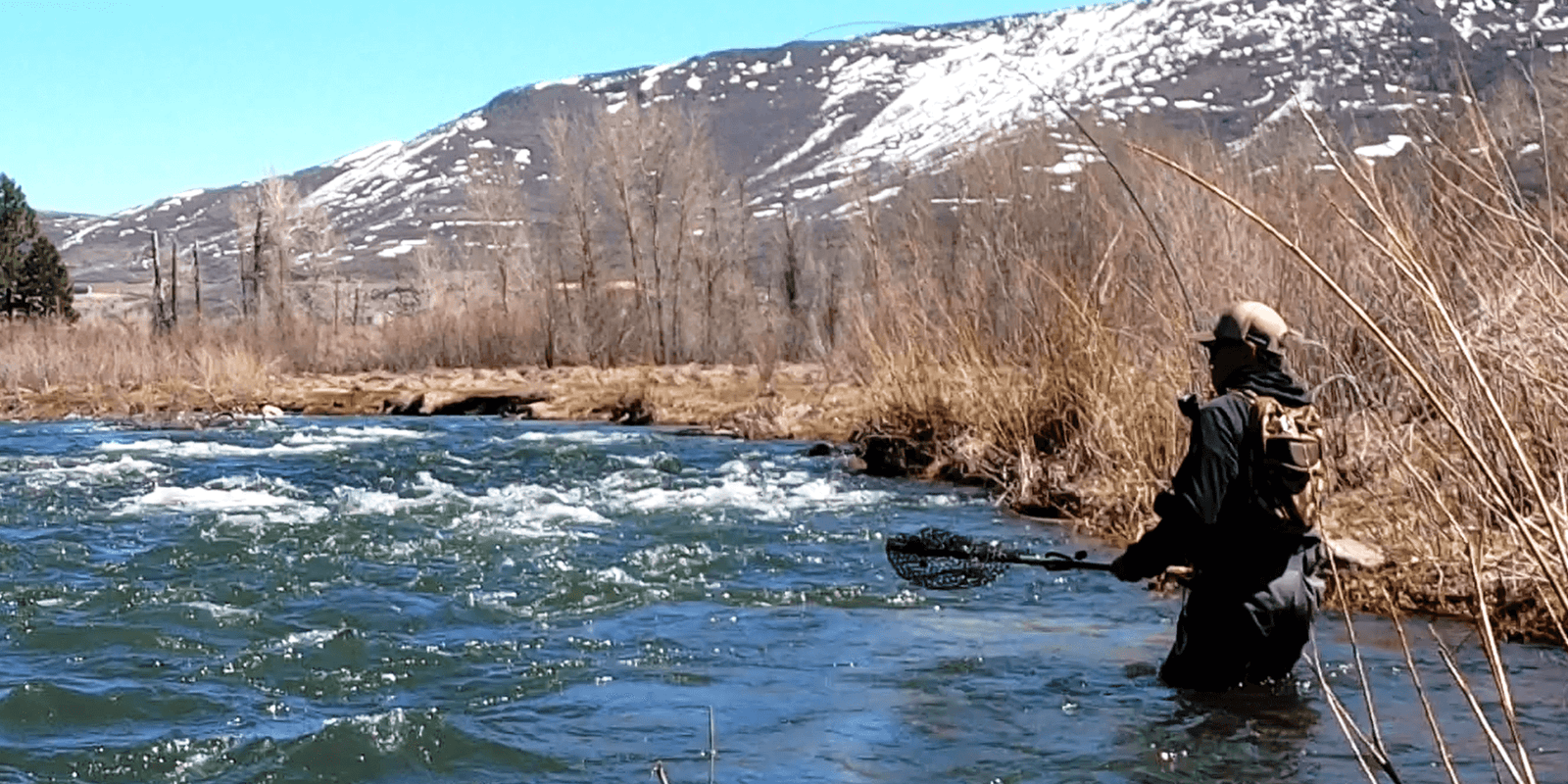
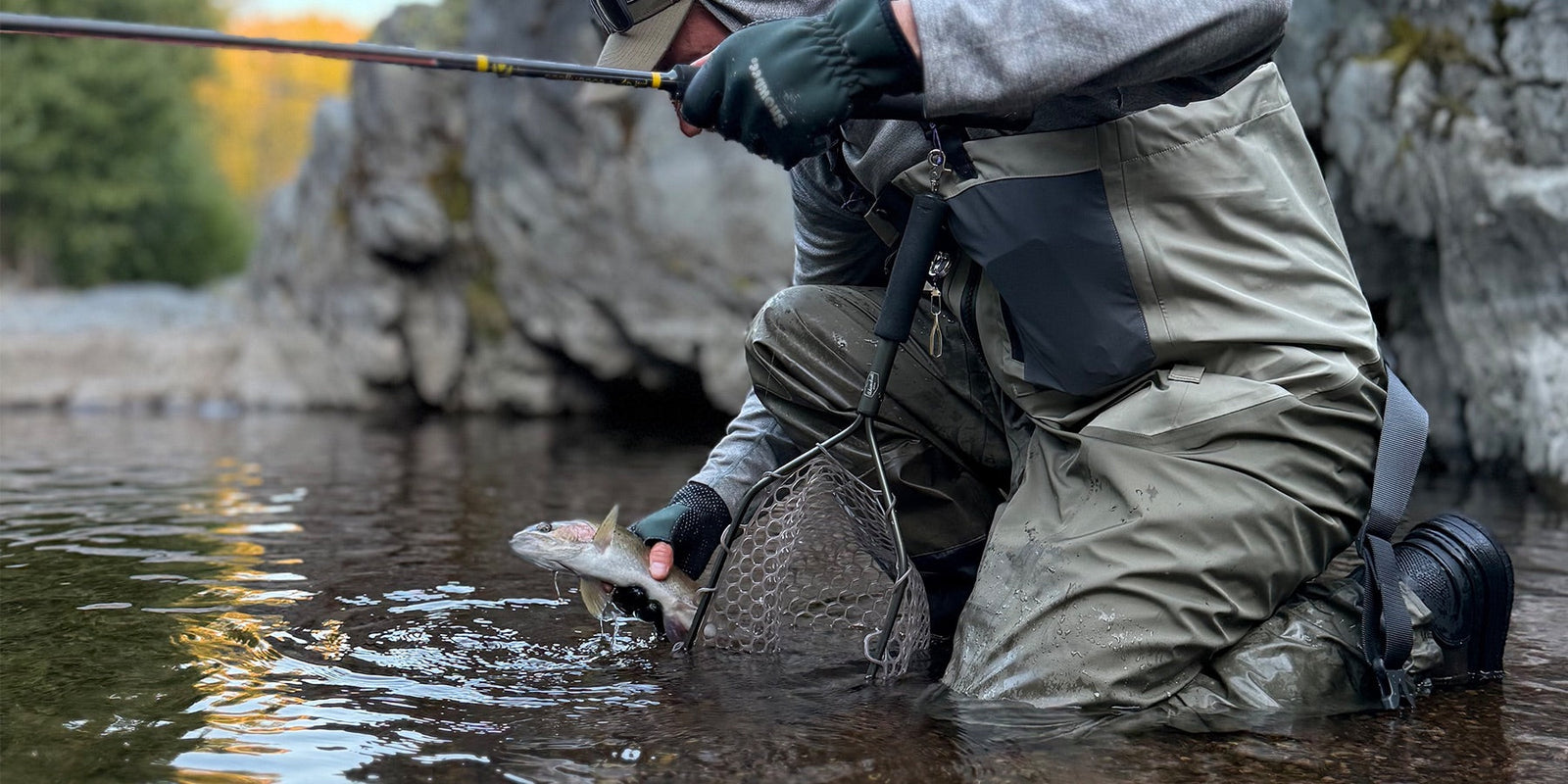
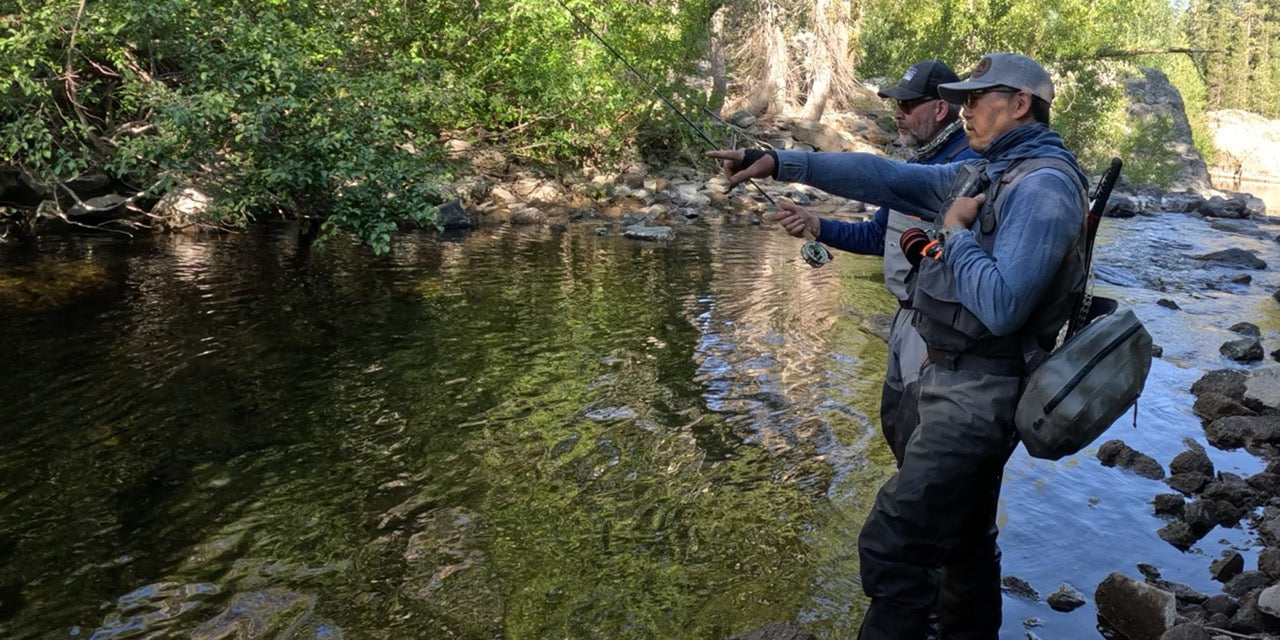
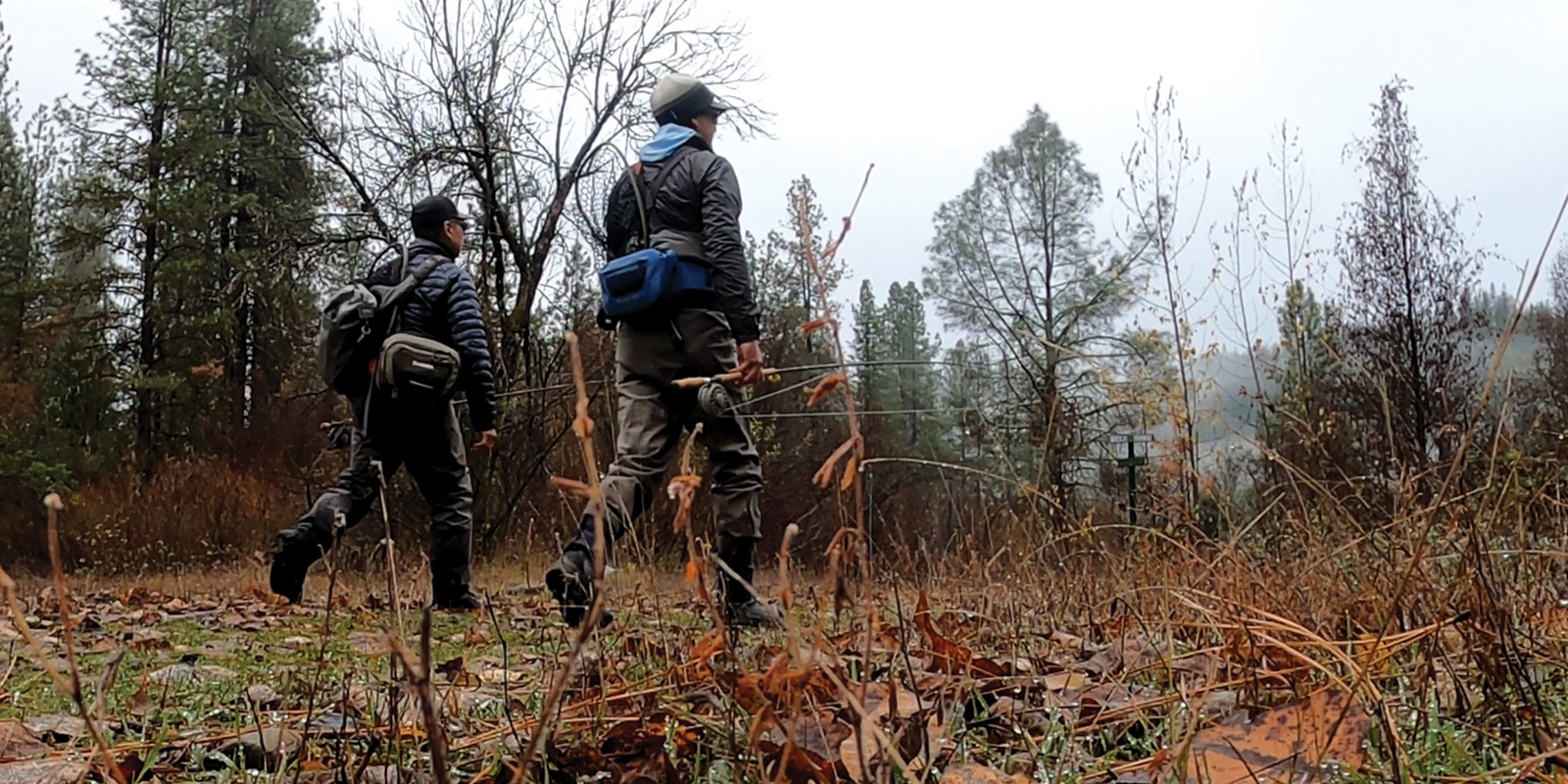
Chris Kight
May 14, 2025
Hi Jeff, Very good article… BUT: There are plenty of typos in the text, making it awkward to read and less enjoyable. Please edit or have someone proofread before posting. Just my 2 cents worth. Thanks for the content.